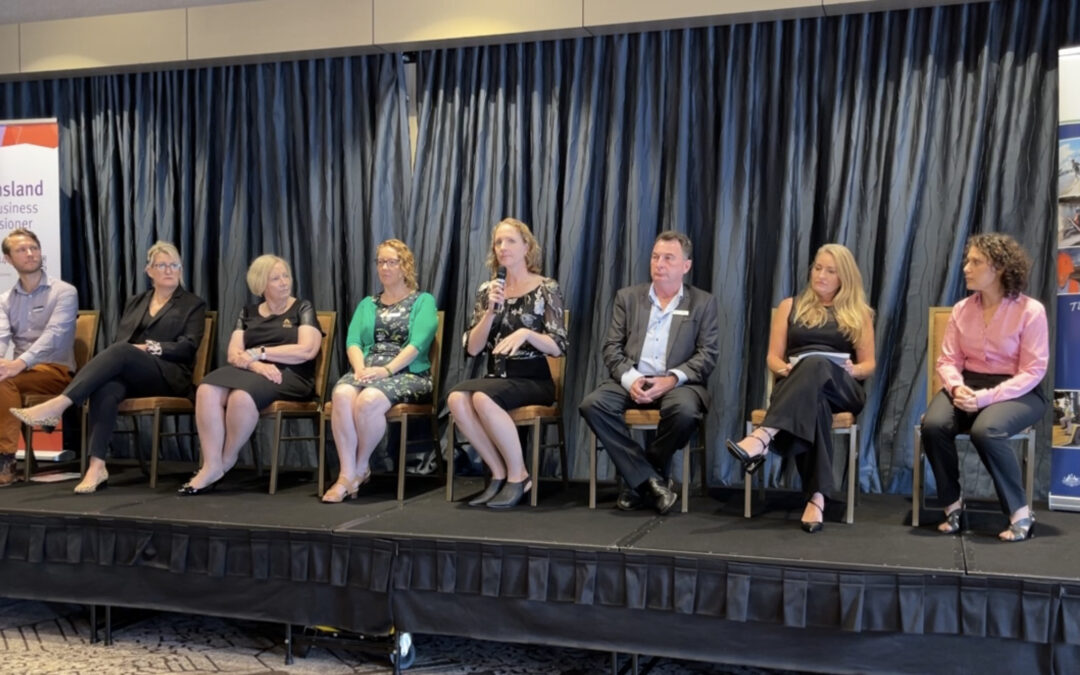
Your Quick Legal and Cyber Check on Your Website
Your Quick Legal and Cyber Check on Your Website
Start by completing our quick audit questionnaire to work out what are some legal issues when creating a website. Then read below…
Domain Name Legal Issues
Your domain name is like a post office box. You lease it, you don’t own it. Your registrar is like the post office. They will only talk the person who is authorised as the registrant of the domain name. That might not be you!
If you don’t know where your website is registered – GoDaddy is a commonly known registrant – this could be a problem if you want to sell your online business and cannot transfer the domain name. If you don’t ensure your registration fees are paid regularly, then you could lose your domain name and it is not easy to get them back.
When agencies first started building websites for businesses, a lot of companies registered the domain names to their agency rather than you, their client. This became a problem for people when their small web designer gave up their business, or their web designer held them to ransom, requiring a payment equivalent to purchase before releasing the domain name.
We’ve had a prospective client come to us running a business using a specific domain name, and no part of that domain name was protected by trade mark or copyright. For whatever reason, they let their registration lapse. Of course, the domain name was sold to someone else. That someone else happened to be a local competitor to them. They came to use 2 years after the domain name had lapsed and their competitor was using it and asked us to help them get it back. We told them we couldn’t help. There was no basis for them to claim exclusive ownership, it took them two years to take any action and the time, money and effort required to even attempt to get it back was more than they were willing to invest.
Trade marks are almost the only thing that can give you superior rights to anyone else for registration of a domain name, and even that won’t stop someone using the same domain name in a different industry from using your name. Just try searching ‘Onyx Australia’. We might be the only legal firm with that name, but we are not the only business with that name in the country.
ACTIONS:
- Identify your registrar and make sure you have login details
- Confirm the registrant name (hopefully not a company you since closed – it has happened)
- Make sure you have auto-renewal and up-to-date payment details in place
Our team at Onyx Legal can help you find out who the registrant is and make sure you have control over your domain name.
Hosting & Backup Legal Issues
All of the information that people can watch and read on your website is stored and then accessed via the internet. You pay a hosting provider to store that content and make sure it is available when people look for it online. If you don’t know who your hosting provider is, who can you talk to if your website is ‘down’ and not visible? You might be working through an agency and contact them.
There is a lot of factors that can impact your website hosting including whether your website is on a shared server or an individual server. On a shared server, one website with malware can have every website on the server temporarily shut down. If you site is impacted by malware and taken down, it can impact your results in advertising or search results when clients are looking for you. The responsibility for those things may sit with you, or your agency, or your hosting provider. Check your terms and conditions of hosting.
The type and local of your hosting provider can also impact the speed of data upload to or download from your website. If you don’t have automatic payments set up on your hosting, you might find your website is down and if you don’t know where your website is hosted, any information you collect through your website, like personal data, may be going around the world before it comes to you – which could be an issue in managing your privacy obligations.
Backups are important in reducing your cyber risks.
There are lots of products that enable you to backup your website to the server where it is hosted. This might not be effective if you get hit with ransomware. If you have a separate backup on a system that you know works and can be reinstated quickly, then you have a better chance of a quick recovery from a ransomware attack. Always check that your backups work and your site can be quickly reinstated. Backup regularly.
Like backups, password protection and sensible username application can also make a huge difference in managing the cyber risks to your website and your business.
The team at Onyx Legal can help you find out who your hosting provider is and how to protect your content.
Website relationships and the terms and conditions to manage them
In a high street shop front, everyone is trained in the rules of what is considered appropriate behaviour in stores from a young age, so much so that we take it for granted. Things like – if you break something, you pay for it, if the shop is closed then you can’t come in, you have to pay for what you buy before you leave the store and so on. The common courtesies like don’t disturb other shoppers, if you are asked to leave then leave, and don’t steal are also taken for granted.
Online, you sometimes need to remind people of the rules. You can also set some rules to control your own online space. Think about the big sites like eBay, Craigslist, Facebook, and Google. If you don’t follow their rules, they can stop you from using their services and there is almost nothing you can do about it.
You have the same ability to control how other people access and use your website and the information you provide. Every different interaction available on your website creates a different relationship that you may need to manage through terms and conditions.
You will normally find a link to terms of use in a website footer. Following that, convention is sensible if you want to argue that your terms and conditions are binding on your website visitors or users.
We’ve had a client who neglected to have terms and conditions on their website and had to pay a $125,000 claim for defective products because they failed to disclose that they were just the importing agent for the manufacturer and set any contractual terms around their supply.
If you are working in any sort of industry that is regulated, either by government or a professional organisation, a disclaimer may help limit the risks to your business. Disclaimers can also provide a great opportunity to remind your clients of their responsibilities.
Onyx Legal can help you tailor terms and conditions that fit your business, your industry, and make sense to your customers.
Legal Issues with Website Content
What you publish on your website, whether you put it there or someone else did, is your responsibility. If you have been creative with the truth, copied something from someone else, used a form of software that allows you to ‘snip and spin’ other people’s content and publish it as your own (We were horrified! It was so obviously copyright infringement, and the client thought it was perfectly fine because they paid for the software and assumed the developer was doing the right thing around copyright. Wrong! It slowed their website development down a bit) then that’s on your head – no one elses.
You need to be aware of any regulations applicable to your industry (for example – health services in Australia can’t use testimonials about the health service), stay within the bounds of consumer protection legislation, not infringe the intellectual rights (trademark, copyright etc) of others and protect the privacy of visitors to your website.
Onyx Legal can help assess your level of compliance, where you might have risks and make some recommendations around improving your website from a legal perspective.
How can Onyx Legal help you?
If you scored badly on the website legal and cyber self-audit and would like us to carry out a more comprehensive audit and make some recommendations, make an appointment with the Onyx Legal team now..












Recent Comments